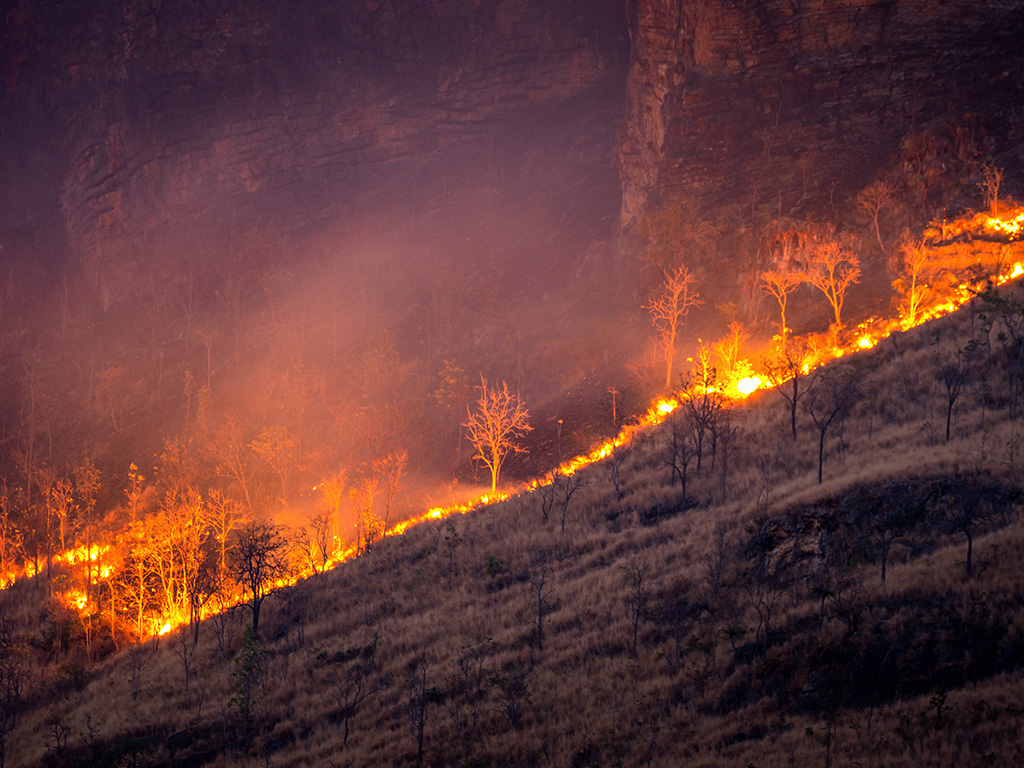Heat vs. H2O: Federal grant allows A&M researchers to study how wildfires can alter national supply of drinking water

With a grant from the National Science Foundation, researchers at Texas A&M University are studying the effects of wildfires on the nation’s water supply.
About 12,400 wildfires burned more than 650,000 acres across Texas during 2022. The state has entered spring wildfire season for 2023, which typically runs from February to April.
Water from forested watersheds has historically met about half of the nation’s needs for drinking water. The heat from wildfires causes chemical reactions in soil, creating a type of organic matter called pyrogenic organic matter, which can affect those pristine water sources.
The researchers are studying the effect of pyrogenic organic matter on drinking water.
“Fuel for wildfires includes plant matter and soil organic matter,” said Garrett McKay, assistant professor in the Zachry Department of Civil and Environmental Engineering at Texas A&M and principal investigator. “Heat from wildfires induces a complex series of reactions that transform these structures into pyrogenic organic matter.”
The runoff of pyrogenic organic matter in wildfire-affected areas can negatively affect downstream water quality, aquatic biogeochemical processes and even water treatment plant operations.
McKay said previous research suggests that pyrogenic organic matter has a higher tendency to form highly toxic nitrogen-containing disinfection byproducts. And with studies also documenting the increasing frequency and severity of wildfires, it’s vital to study the impacts of wildfires.
His research group, Aquatic Chemistry Lab, is linking the chemical structure of organic matter with its reactivity in natural and engineered systems.
“Our preliminary study showed that the fluorescence quantum of pyrogenic organic matter is about 10 times higher than normal for natural organic matter,” he said. “We think this has to do with the different chemical structures between these materials.”
Collaborators include A. Peyton Smith, assistant professor in the soil and crop sciences department at Texas A&M, and Amanda K. Hohner, assistant professor in the civil engineering department at Montana State University.
The team will also perform high-frequency monitoring of a wildfire-impacted watershed using optical, solar-powered sensors that take readings in the field every 15 minutes, transmitting high-frequency water quality signatures. McKay obtained these sensors thanks to a Texas Water Resources Institute grant.

